Consumers’ desire for local provenance extends beyond the finished product to the ingredients, but sourcing local flour can be both a boon and a challenge for bakers.
It’s not getting any easier for craft bakeries to set themselves apart from mainstream rivals, but talking up the flour in your products could give your business an edge.
While not every baker will have the opportunity, using flour from a local mill can help make your bakes unique and your customers feel closer to the end product.
“The more consumers know about bread, milling, flour and grain, the more they tend to choose interesting, tasty and healthy options – and the more they care about quality, how bread is baked, how flour is milled, the varieties of grain and where they are grown,” suggests Nick Jones, honorary secretary of the Traditional Corn Millers Guild.
Marriage’s Millers, for example, says bakers in East Anglia and London can highlight their local sourcing by using its Chelmer White flour, made from wheat sourced from local Essex farmers, many of whom who have been supplying Marriage’s for generations.
Among bakeries using local flour is Rutland-based Hambleton Bakery, which says doing so demonstrates it is part of the community, working alongside other local producers.
Meanwhile, Cotswold business Hobbs House Bakery, which sources 95% of its flour from Shipton Mill, says having such a supplier on its doorstep is a great way to keep its food miles low.
“Last summer we would see Shipton Mill gathering freshly harvested grain from our local fields,” says Hobbs House Bakery marketing manager Anna Herbert. “It doesn’t get much more local than that.”
There can be downsides to working with local millers, however. In the case of smaller millers this can include increased cost as they won’t have the same economies of scale as larger operators.
“With most artisan bakers cost is still important but it is not the only consideration when choosing suppliers,” suggests Matthew Chick, general manager of Maldon Mill, part of the Carr’s Flours business.
It’s a view supported by Hambleton head baker Julian Carter, who says: “The cost is higher but the product is better and the customer knows this.”
Also, bakers may need to adjust their methods if they switch to local flour.
“It depends on the type of flour, the method of baking, and the skill of the baker,” says Jones. “For example, if the flour is milled entirely from home-grown British wheat, it may be less strong, so the dough will not be so elastic and springy, resulting in a denser loaf.”
Some bakers suggest there is also a risk of inconsistency between batches of flour, although most issues can be mitigated by working closely with the supplier. “The ideal situation is working with a miller that gets what you are up to as a baker and is game to work with you, rather than just sell you sacks of flour,” says Chris Young, coordinator of The Real Bread Campaign.
This is something which Chick prides his business on: “The smaller operator can offer a more personal service,” he says. “We are close to our customers. We know about their business and the pressures they have to deal with.”
Of course, there is no point changing how you work and paying more for your flour without telling your customers about it.
“While the consumer understands about bread being baked locally, trying to get the message across about the origin of the ingredients is difficult,” says Nickie Davies, head of PR and marketing at Sharpham Park.
She suggests sampling, workshops and demonstrations are effective ways of spreading the message: “After all there’s nothing more interesting than learning about the food we’re eating.”
Spelt demand gains traction
With demand for so-called ‘ancient grains’ now firmly in the mainstream, interest in spelt is soaring.
County Durham business Craggs & Co, one of the UK’s largest suppliers, says sales of its spelt have grown 90% since the 2016 harvest. Interest has come from a range of customers including home bakers, artisan bakers, specialist millers, cereal producers and ingredient suppliers.
“The ‘clean eating’ trend has extended out of the specialist health foods sector and into mainstream supermarkets where processed food producers are including ancient grains in their ingredients to meet the health and nutrition demands of the consumer,” says Craggs & Co marketing and product development head Kate White.
In addition, consumers are realising spelt is traditionally less processed than other ingredients and “has a lovely nutty flavour”, suggests Philip Bull, MD of Eurostar Commodities.
Spelt is also well suited to tapping another big bakery trend – sourdough.
Sharpham Park, for example, supplies Marks & Spencer with spelt for its in-store bakery white spelt sourdough, which it says is now stocked in 500 stores.
“Demand is definitely growing – we saw organic spelt sales grow by a third last year across all products,” adds Sharpham Park PR and marketing head Nickie Davies.
Hambleton Bakery head baker Julian Carter suggests spelt can also make great scones, pastry, biscuits and soda bread, and advises: “Because of its low gluten content it needs to be in a tin or proving basket. The grains in the bread are really good and spelt flakes on top of your bread or in it work well.”
Farmers, too, are embracing the rising demand for spelt, and Carter says he has been approached by local farmers wanting Hambleton to use their spelt, but the business currently buys it from a local miller.
Craggs & Co says many of its contracts have switched from imported spelt grain in favour of the “peace of mind and security associated with British produce from both a traceability and stable pricing perspective”.
And Craggs is also confident interest in spelt will continue to grow. “We have future-proofed the business by increasing the number of assured growers and acreage of our spelt harvests from across the UK,” adds White.








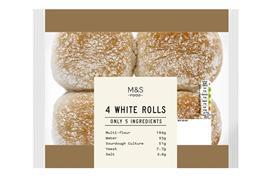



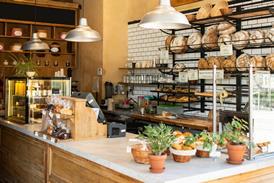





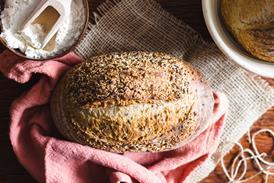


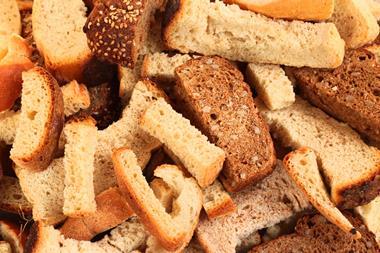
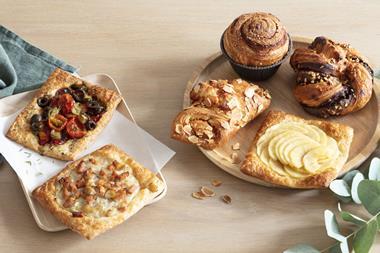

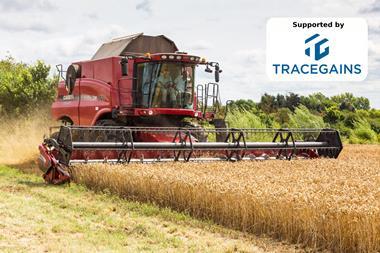

No comments yet